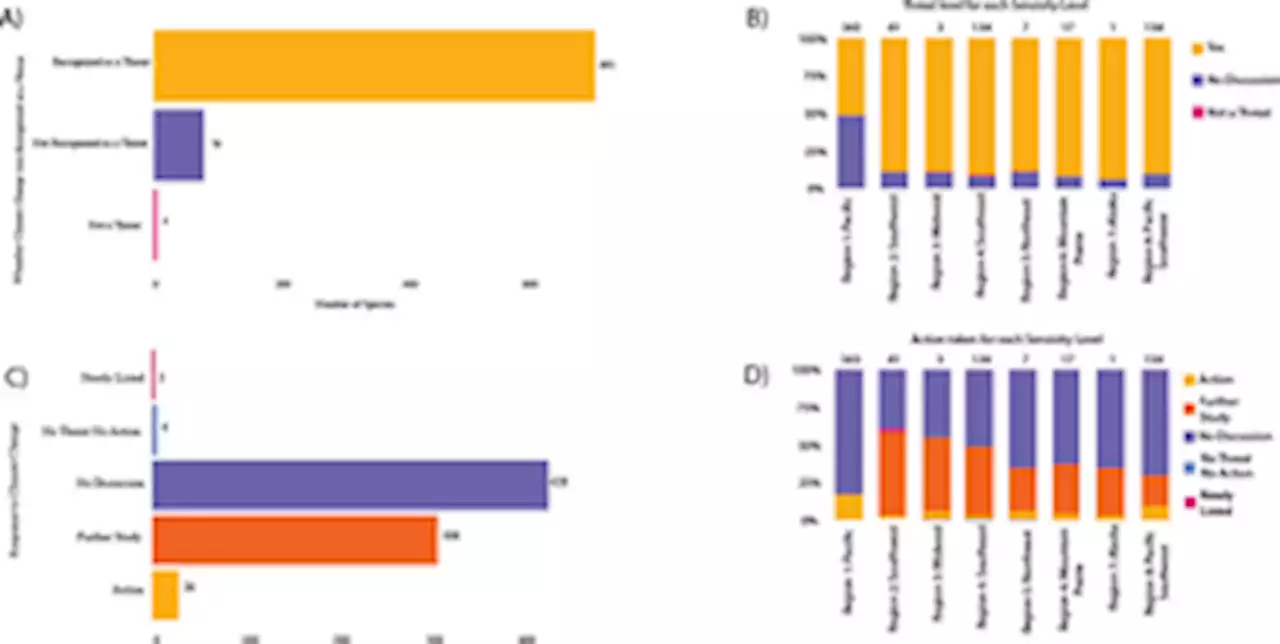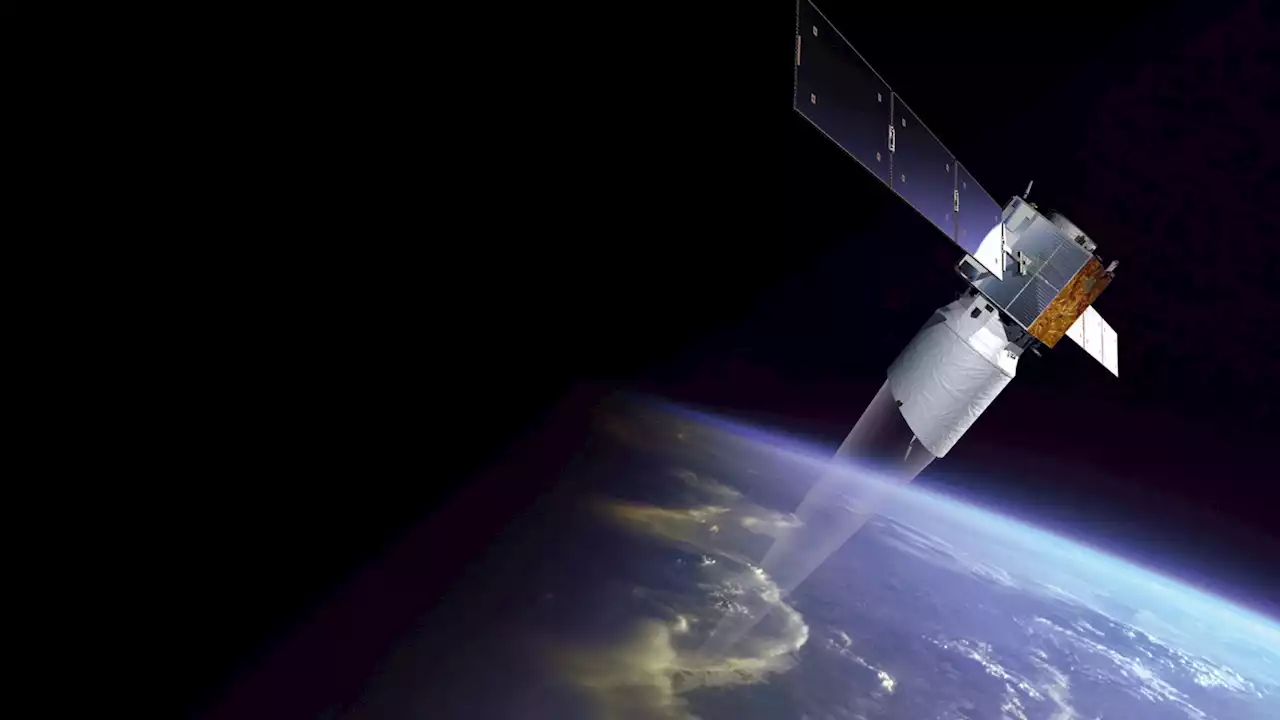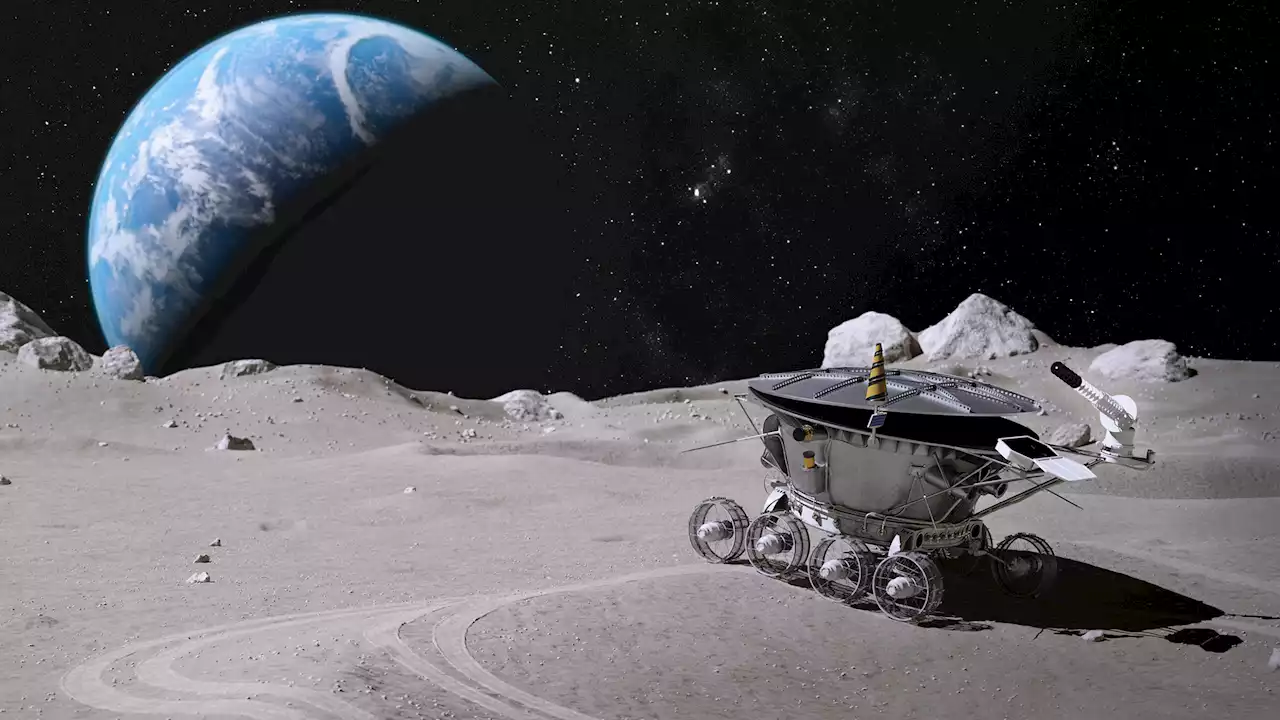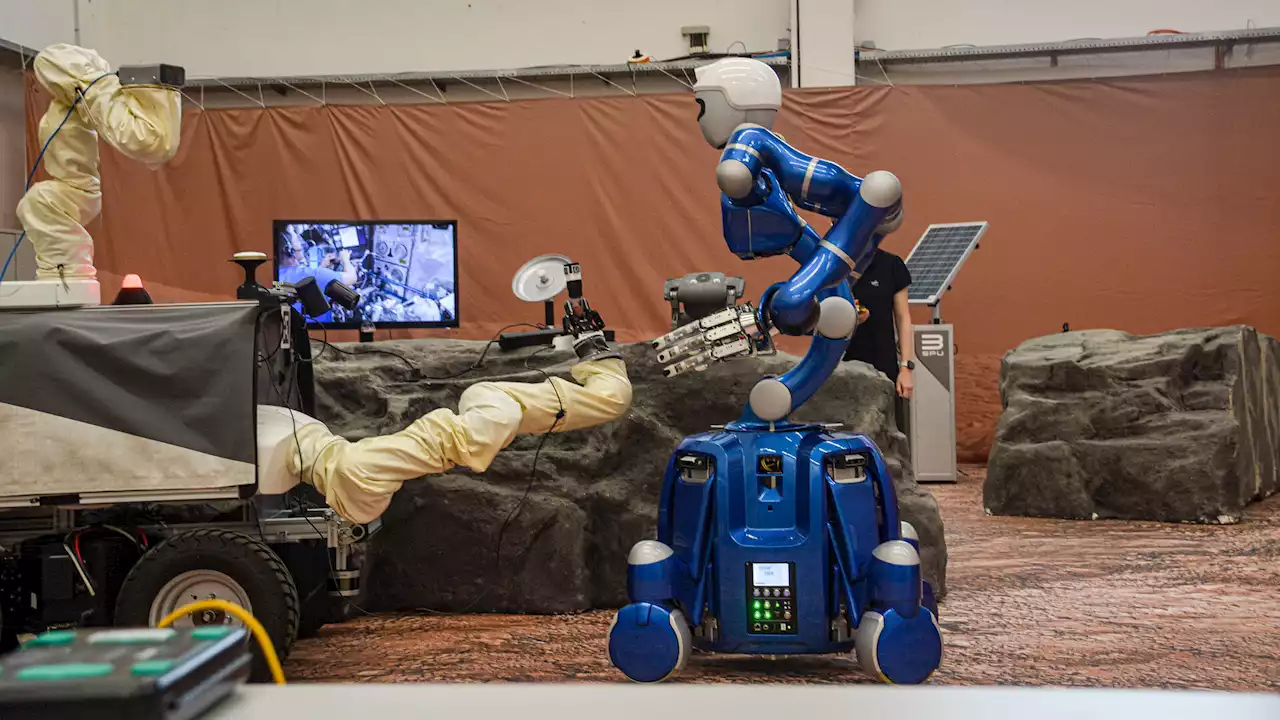The test is part of NASA and ESA's future plans for controlling robots on the Moon's surface from the lunar Gateway station.
The two-hour telerobotics test took place in a simulated planetary environment in the German Aerospace Center, DLR, at Oberpfaffenhofen near Munich.
Rubio controlled DLR's Rollin’ Justin humanoid robot and ESA’s four-wheeled, two-armed Interact rover. According to the ESA post, "he took direct control as needed using a force-feedback device." The astronaut was able to complete all the tasks, giving the team valuable data in the process. He did all of this while orbiting Earth at a speed of approximately 17,500 miles aboard the ISS.
United States Latest News, United States Headlines
Similar News:You can also read news stories similar to this one that we have collected from other news sources.
 NASA awards $150 million for moon power systems, other exploration techThe money will be split among 11 companies.
NASA awards $150 million for moon power systems, other exploration techThe money will be split among 11 companies.
Read more »
 NASA+ is the space agency's very own streaming platform | EngadgetNASA is launching its very own streaming platform called NASA+ sometime this summer..
NASA+ is the space agency's very own streaming platform | EngadgetNASA is launching its very own streaming platform called NASA+ sometime this summer..
Read more »
 The impact of climate change on endangered plants and lichenThe Endangered Species Act (ESA) was a landmark protection for rare organisms in the United States. Although the ESA is known for its protection of wildlife, a majority of listed species are actually plants and lichen. Climate change will impact species populations globally. Already-rare species, like those listed in the ESA, are at an even higher risk due to climate change. Despite this, the risk climate change poses to endangered plants has not been systematically evaluated in over a decade. To address this gap, we modified previously existing qualitative assessment toolkits used to examine the threat of climate change in federal documentation on listed wildlife. These modified toolkits were then applied to the 771 ESA listed plants. First, we evaluated how sensitive ESA listed plants and lichens were to climate change based on nine quantitative sensitivity factors. Then, we evaluated if climate change was recognized as a threat for a species, and if actions were being taken to address the threats of climate change. We found that all ESA listed plant and lichen species are at least slightly (score of 1) sensitive to climate change, and therefore all listed plants and lichens are threatened by climate change. While a majority of ESA listing and recovery documents recognized climate change as a threat, very few had actions being taken in their recovery plans to address climate change directly. While acknowledging the threat that climate change poses to rare plants is an important first step, direct action will need to be taken to ensure the recovery of many of these species.
The impact of climate change on endangered plants and lichenThe Endangered Species Act (ESA) was a landmark protection for rare organisms in the United States. Although the ESA is known for its protection of wildlife, a majority of listed species are actually plants and lichen. Climate change will impact species populations globally. Already-rare species, like those listed in the ESA, are at an even higher risk due to climate change. Despite this, the risk climate change poses to endangered plants has not been systematically evaluated in over a decade. To address this gap, we modified previously existing qualitative assessment toolkits used to examine the threat of climate change in federal documentation on listed wildlife. These modified toolkits were then applied to the 771 ESA listed plants. First, we evaluated how sensitive ESA listed plants and lichens were to climate change based on nine quantitative sensitivity factors. Then, we evaluated if climate change was recognized as a threat for a species, and if actions were being taken to address the threats of climate change. We found that all ESA listed plant and lichen species are at least slightly (score of 1) sensitive to climate change, and therefore all listed plants and lichens are threatened by climate change. While a majority of ESA listing and recovery documents recognized climate change as a threat, very few had actions being taken in their recovery plans to address climate change directly. While acknowledging the threat that climate change poses to rare plants is an important first step, direct action will need to be taken to ensure the recovery of many of these species.
Read more »
 Assisted reentry: ESA’s satellite likely to fall over Atlantic Ocean on July 28The reentry is expected to occur over the Atlantic Ocean, however, the precise position is not confirmed yet.
Assisted reentry: ESA’s satellite likely to fall over Atlantic Ocean on July 28The reentry is expected to occur over the Atlantic Ocean, however, the precise position is not confirmed yet.
Read more »
 Researchers tap into 800-year-old mathematical theory to design GPS on the MoonAccording to a recent study, the mathematical technique devised by the Italian mathematician Leonardo Fibonacci shows potential for the development of lunar GPS.
Researchers tap into 800-year-old mathematical theory to design GPS on the MoonAccording to a recent study, the mathematical technique devised by the Italian mathematician Leonardo Fibonacci shows potential for the development of lunar GPS.
Read more »
